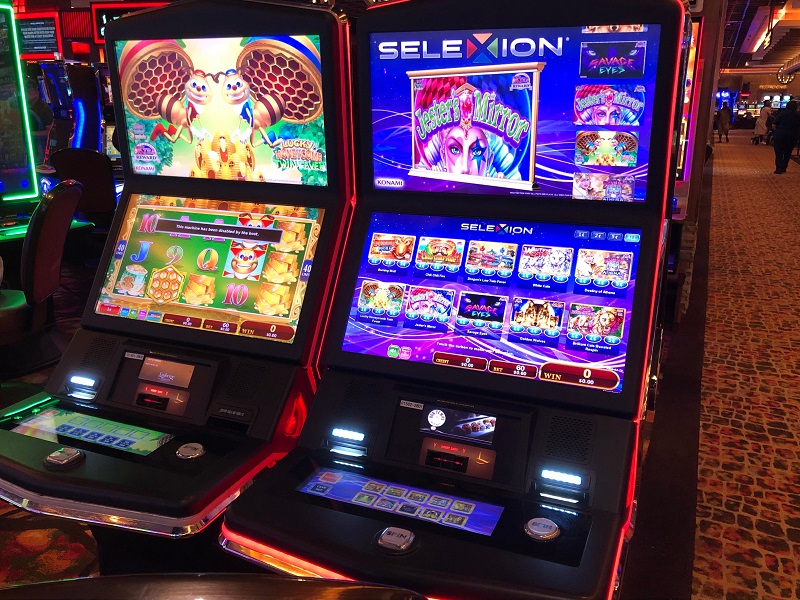Slot machines have been popular for decades, but what is it about these games that keeps people coming back for more? The answer lies in the psychology behind the design and features of slot machines.
The Role of Reward and Reinforcement
One of the key factors in the popularity of slot machines is the role of reward and reinforcement. Slot machines are designed to offer frequent small wins to keep players engaged and motivated to keep playing. These small wins trigger the release of dopamine in the brain, a chemical associated with pleasure and reward.
In addition to frequent small wins, slot machines also offer the possibility of larger jackpots. This creates an element of excitement and anticipation for players, as they hope to hit the big win.
The reinforcement schedule of slot machines is also a contributing factor to their popularity. The variable ratio reinforcement schedule used in slot machines means that the player is not sure when the next win will come, creating a sense of unpredictability and excitement.
The Illusion of Control
Slot machines also create an illusion of control for players. Although the outcome of each spin is determined by a random number generator, players may feel as though they are in control of the game due to the physical act of pulling the lever or pressing the button.
In addition, slot machines often include features such as hold and nudge buttons, which can give players the impression that they can influence the outcome of the game. These features may also create a sense of skill in the player, even though the game is largely based on chance.
The Role of Sound and Visuals
Slot machines are designed to be visually and acoustically stimulating. The bright colors, flashing lights, and exciting sounds all contribute to the overall experience of playing a slot machine.
The use of music and sound effects can also create a sense of excitement and anticipation for players. For example, the sound of coins dropping when a win is achieved can create a sense of reward and reinforce the behavior of continuing to play.
The Social Aspect of Slot Machines
Finally, the social aspect of slot machines also contributes to their popularity. Slot machines are often located in casinos or other public spaces, creating a sense of community among players. Players may engage in friendly competition with each other or share their excitement over a big win.
In addition, some slot machines offer group play or bonus rounds that encourage players to work together to achieve a common goal. This can create a sense of camaraderie and social connection among players.
The popularity of slot machines can be attributed to a variety of psychological factors. The role of reward and reinforcement, the illusion of control, the use of sound and visuals, and the social aspect of slot machines all contribute to their continued appeal to players.

